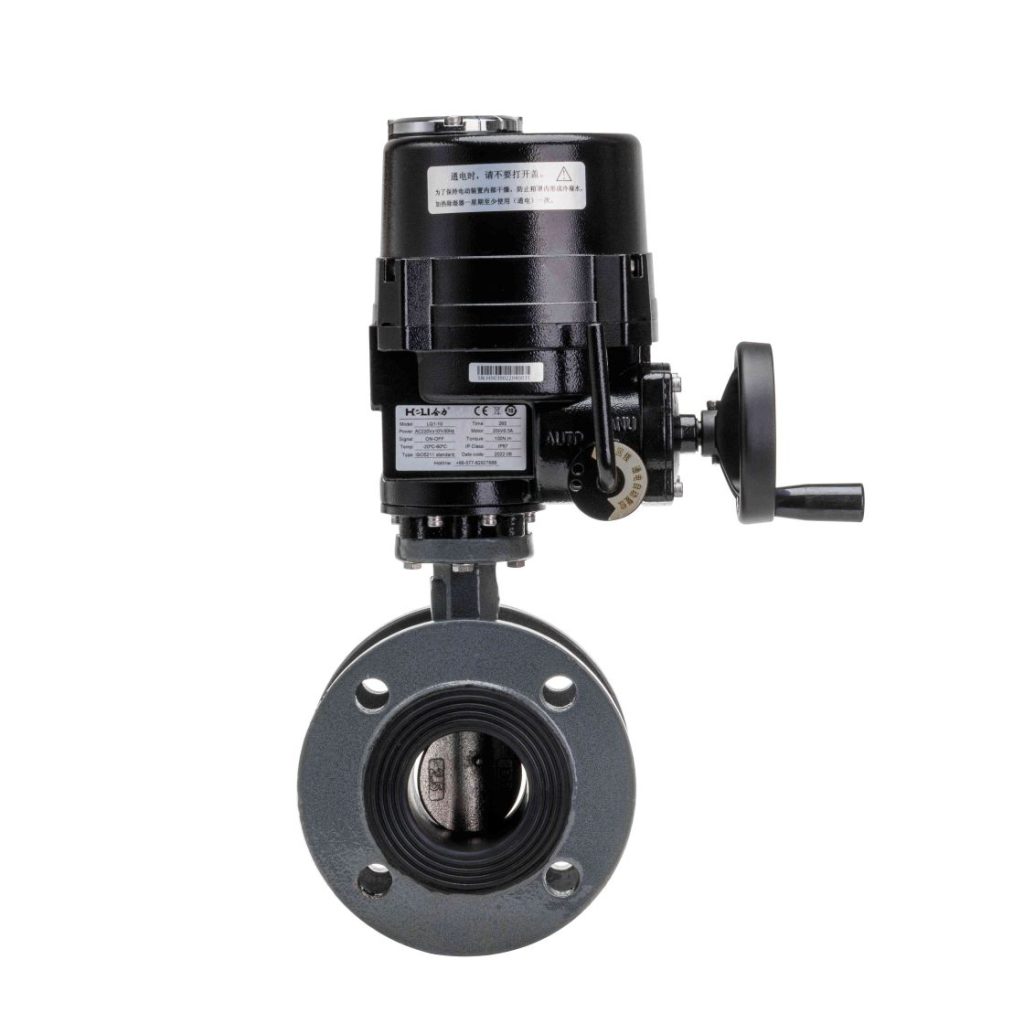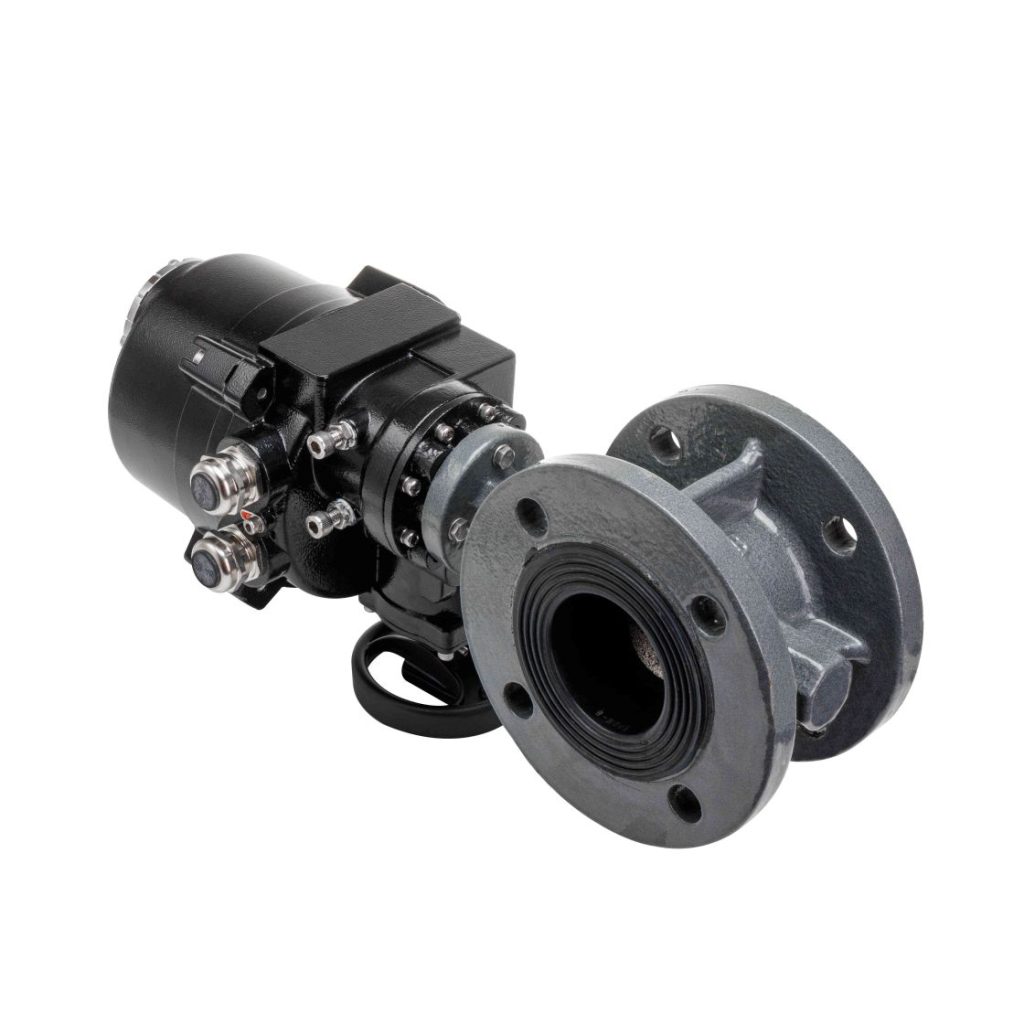Electric ball valves are pivotal in modern automation systems for fluid control. These versatile devices combine the efficiency of ball valves with the precision of electric actuators, providing an essential solution for industries ranging from petrochemicals to HVAC systems. As the demand for automation grows, understanding the functionality, benefits, and applications of electric ball valves becomes crucial for engineers and professionals across various sectors.

What is an Electric Ball Valve?

An electric ball valve is a type of valve that uses an electric actuator to control the opening and closing of a spherical valve element inside the valve body. The actuator is powered by electricity, converting electrical signals into mechanical movement to rotate the valve’s ball. The ball valve, with its characteristic spherical design, allows for efficient and reliable control of flow, offering a quick on/off control with minimal leakage. Key Components of an Electric Ball Valve Ball Valve Body: The core of the system, typically made from materials such as stainless steel, brass, or cast iron, which house the spherical valve element (the “ball”).
